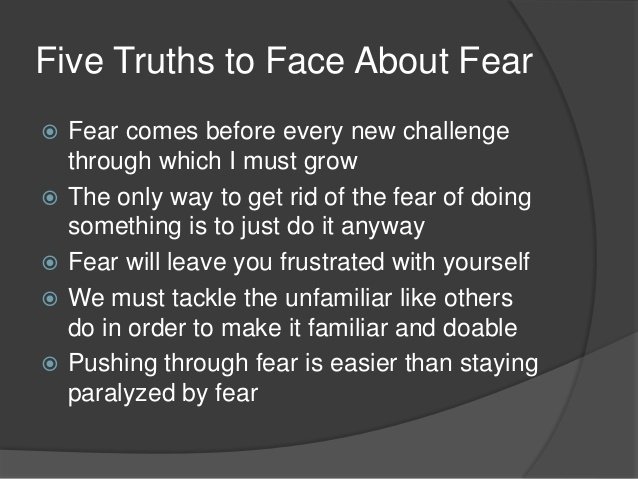FRIENDS!!! How About We Deal With The Fear of the Unfamiliar. WIN OR WIN.

Many people consider themselves very accepting of others, unperturbed by the looks, language, customs, wardrobe or behaviors of those who act or appear to be different than they are.
Yet, when they encounter “the other” they may choose to stare, point out the person to a companion, cross the street or even experience true fear. Why do we fear the “other” and how can we modify our reactions to truly accept those who are unlike us?
Our survival instinct commands us to be vigilant about our safety at all times. Thus, our reaction to the “other” triggers preparation for self-preservation when we encounter unfamiliar conduct or appearance. It also generates apprehension about the other’s intentions, future actions and our capacity to defend ourselves, if needed. It may not be xenophobia, defined as “the fear or hatred of foreigners, people from different cultures, or strangers”, but it may be fear of a homeless person, a strangely dressed or different looking individual who evokes our self-protective impulses.

After a major incident, such as the 9-11 attack, the Center for American-Islamic Relations in Washington, D.C., tallied 1,700 incidents of abuse against Muslims in the five months following the initial incident.
Researchers, Begley, Underwood, Wolffe, Smalley, and Interlandi described the ‘Fear appeal theory’ in which “The amygdala typically sprouts a profusion of connections to higher brain regions – neurons that carry one-way traffic from amygdala to neo-cortex. Fear connections run from the cortex to the amygdala. That allows the amygdala to override the products of the logical, thoughtful cortex, but not vice versa.”
So, although it is sometimes possible to think yourself out of fear it takes great effort and persistence. “Instead, fear tends to override reason, as the amygdala hobbles our logic and reasoning circuits. That makes fear ‘far, far more important than reason’.
The brain seems to be wired to flinch first and ask questions second. As a consequence, fear can be easily and untruthfully spark in such a way that is irrational and not subject to reason.”
Terror Management Theory, TMT posits that “the understanding of death combined with the instinctive drive for self-preservation engenders a vast potential for terror.”
Our minds are very creative in processing logical sequences of thoughts. Once intense emotions about threats to our existence are added, the linear analysis of our thoughts are disrupted and we may cave to unhelpful panic, fear and immobilization. The latter, reduces our chances for survival.
To become more comfortable with others:
• Accept that fear of others only inhibits our capacity to practice human kindness.
• Projecting malice upon others reduces your ability to stay logical, fair and live up to your higher self.
• Disallow your Amygdala to override your logical, unbiased and sensible thoughts.
• Do not give up. Combine your logical thoughts with positive emotions about yourself and others.
• Trust yourself to handle the unfamiliar with compassion, which will create a kind human bond and eliminate the fear, estrangement and detachment from others.
